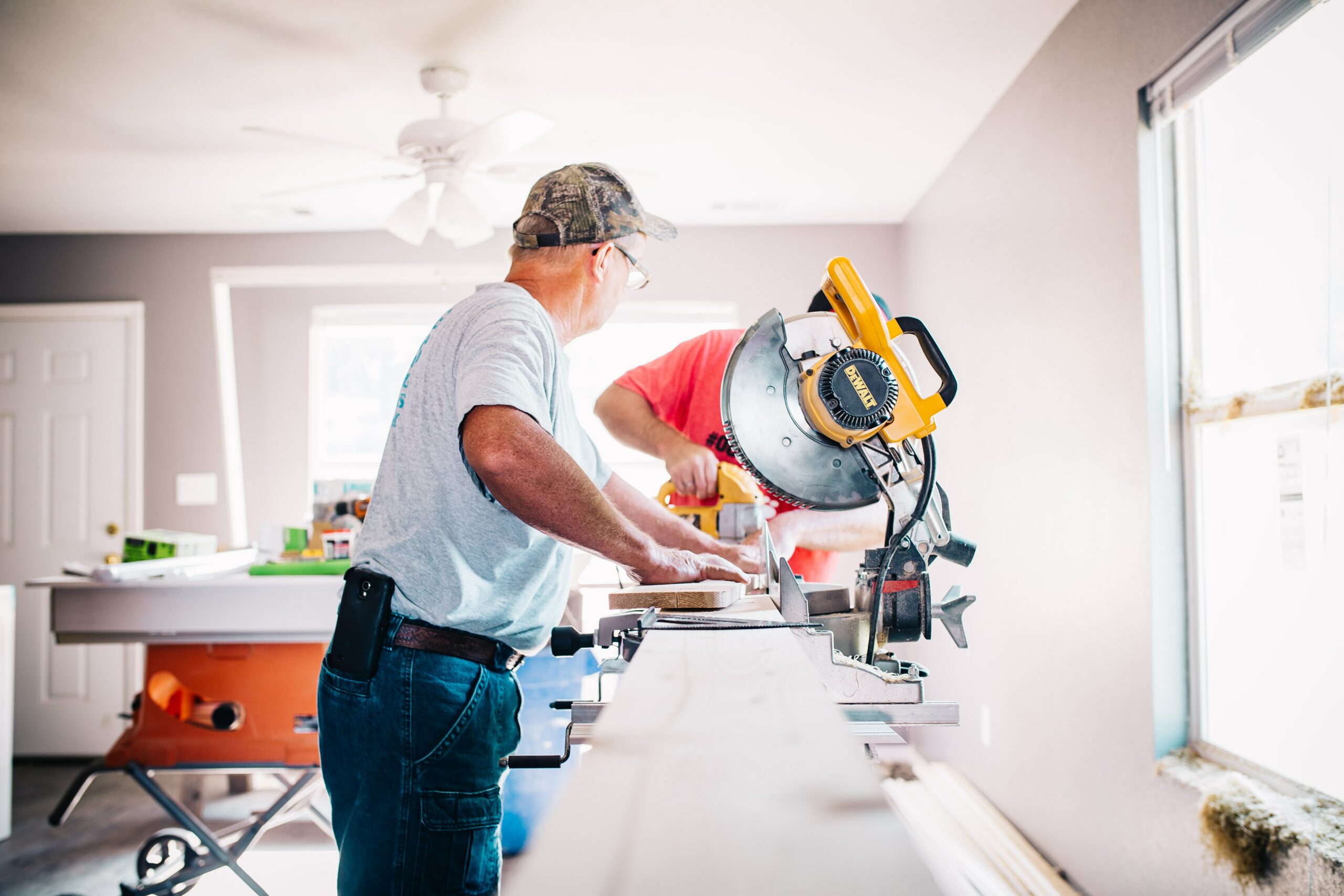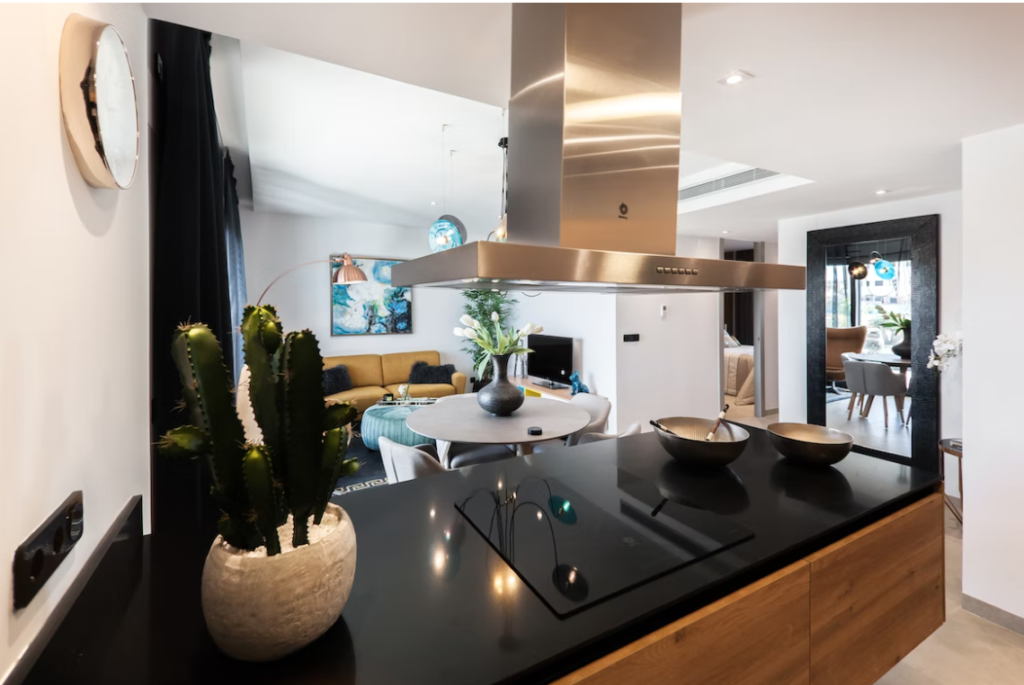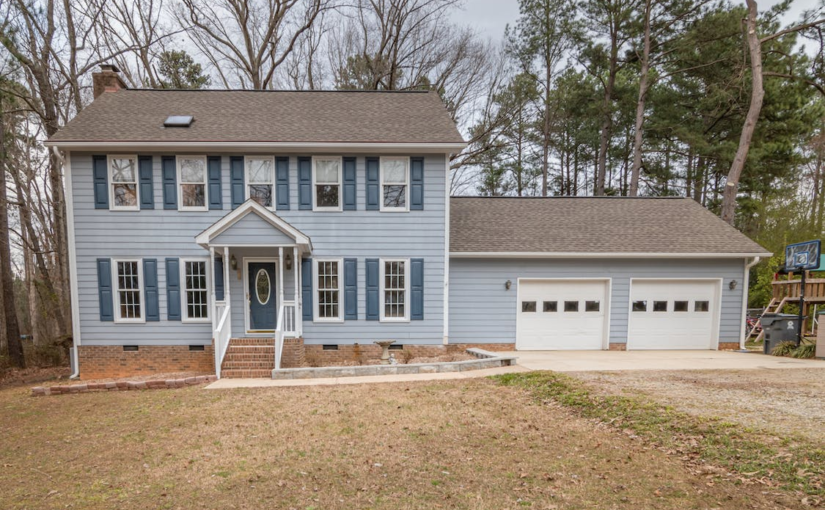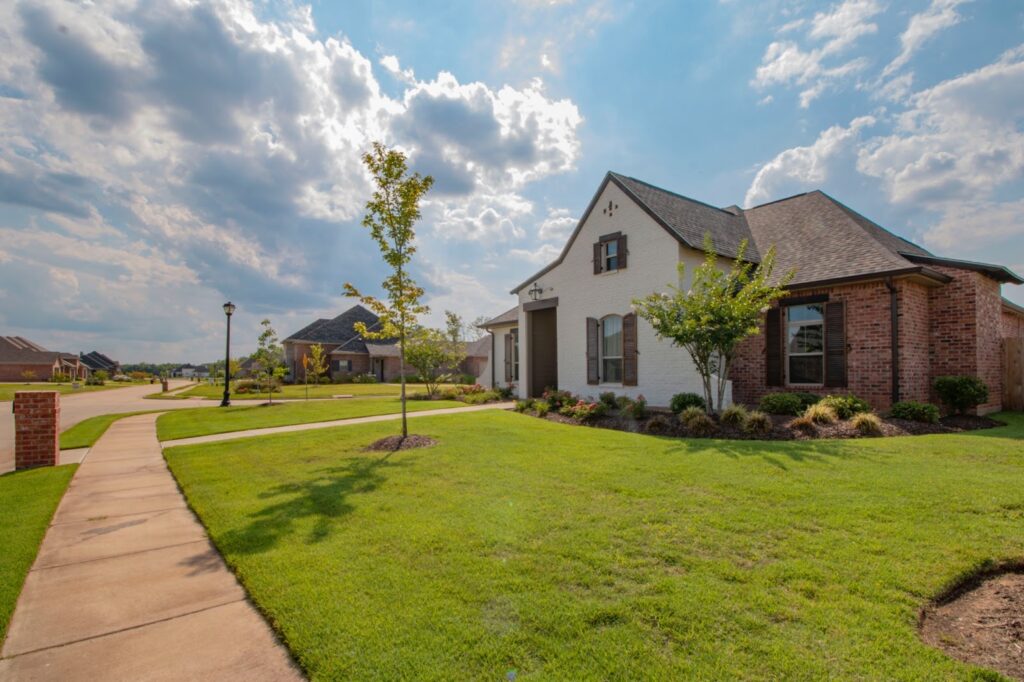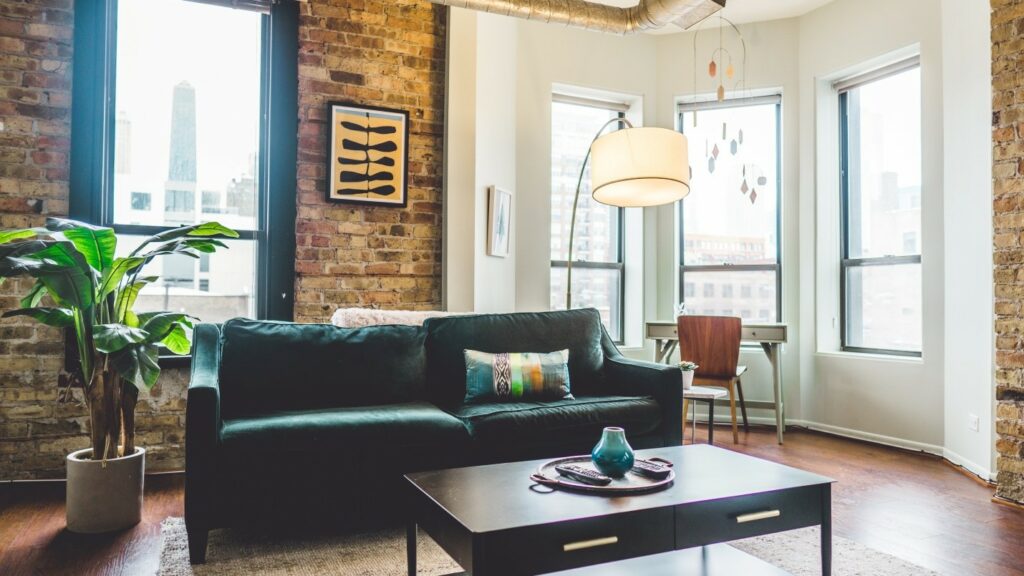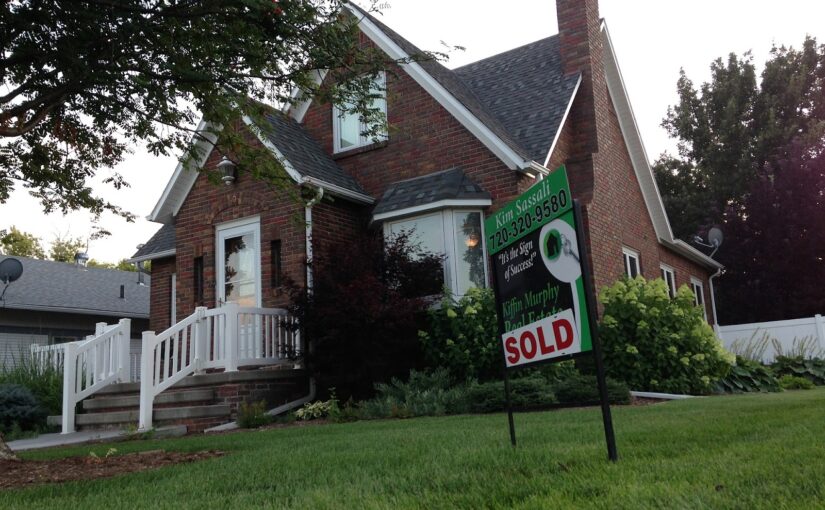Living in New York City can be a dream come true, but it often comes with a hefty price tag. Coliving is an option that has become increasingly popular among those looking to make their NYC dreams come true without breaking the bank. Picture it like this: you get the best of both worlds – living in one of the most vibrant cities in the world, while still keeping your expenses low and having access to all the amenities necessary for success. In this article, we’ll explore what co-living is, why it’s so popular in New York City, and how it could be beneficial for you.
Co-living provides people with furnished apartments and shared common spaces at more affordable prices than traditional apartment rentals. It also eliminates many of the inconveniences associated with finding housing, such as long application processes or brokers’ fees. Instead, tenants sign up online and are able to move into their space quickly and easily – perfect for anyone who needs flexible living arrangements. Plus, there are plenty of perks, like weekly cleaning services, private rooms, social events, fitness classes, grocery shopping services and even pet care!
The popularity of co-living in New York City continues to grow due to its affordability and convenience. Not only does it provide tenants with flexibility when renting short-term stays or longer leases, but co-living communities also offer support networks full of like-minded individuals from all walks of life – something valuable in any large city where loneliness can easily creep in if left unchecked. With these benefits combined, it’s no wonder why so many are choosing co-living over other forms of rental options available on the market today.
What Is Co-Living
Co-living is becoming increasingly popular in New York City. Take the example of Michelle, a 27-year-old software engineer who moved to NYC from San Diego and was looking for an affordable place to live. After discovering co-living, she decided it would be perfect for her needs, as it offered both flexibility and affordability.
So what exactly is coliving? It’s a way of living where people share common amenities such as kitchen, bathrooms and living areas while also having personal space like their own bedroom with access to private spaces when needed. This type of lifestyle offers residents many benefits, including cost savings due to shared expenses, convenience because of close proximity to other services, greater social interaction through shared communal activities and more autonomy compared to traditional rentals or leases. Co-living has become so popular because it provides tenants with all the comforts of home without breaking the bank.
Co-Living Companies In NYC
Co-living in New York City has become popular due to the increasing demand for affordable housing options. There are several reputable coliving companies operating within the city that offer tailored living arrangements, from fully furnished homes to flexible leases and amenities like laundry services, gym access, and more. Let’s explore some of these companies a bit further:
- Common: Common is one of the most recognized names in NYC’s co-living landscape. They have several locations throughout Manhattan and Brooklyn, each boasting onsite management teams as well as common spaces for residents to enjoy. Additionally, they offer flexible lease terms with no long-term commitments required.
- Coliving: Another big name – they strive to provide a modern alternative to traditional rental apartments by offering convenient amenities such as housekeeping service and weekly social events. Plus, their units come equipped with all kinds of smart home technology, so you can control your environment right from your phone!
- SharedEasy: Another coliving company worth mentioning. SharedEasy currently has 11 fully-furnished apartments in New York to choose from. They are also offering access to unlimited coworking spaces in Brooklyn and Manhattan. SharedEasy is definitely a go-to housing solution for short-term and long-term stays in New York City.
These are just three examples among many; there are plenty of other great co-living companies operating in NYC who specialize in different areas depending on what kind of experience you’re looking for. Regardless of which company you choose, though, rest assured that you’ll be able to find an affordable place to call home while enjoying all the perks associated with communal living.
No matter why people choose it—whether it’s for convenience, affordability or community—coliving offers something special for everyone who takes part. Its continued popularity speaks volumes about its ability to meet our needs, both practically and emotionally. Let’s take a look at some of the benefits now…
Benefits Of Co-Living
The trend of co-living in New York City has taken the world by storm. With its numerous benefits, it’s no wonder why so many people are choosing to make this their home. Let’s take a look at some of the top advantages of co-living:
- Cost Savings – The rental cost for co-living spaces is generally much lower than renting an apartment on your own. Since you’re sharing common living areas with other tenants, you can save money without sacrificing quality or comfort. Plus, there are often discounts offered for longer stays and group bookings!
- Community – Co-living provides more opportunities to meet new people and build relationships than traditional apartments do. You’ll be able to socialize easily with like-minded individuals from diverse backgrounds who share similar interests as you. This makes it easy to find friends and form meaningful connections quickly, while also having plenty of privacy when needed.
- Convenience – As most co-living arrangements offer furnished rooms, all you need to bring is your personal items and clothes. There’s no need to worry about buying furniture or finding appliances since these will already be provided for you. Additionally, amenities such as laundry facilities and housekeeping services may also be available, which saves time and energy.
- Flexibility – Being able to move around freely is one of the major appeals of co-living rentals compared to long-term leases tied down by contracts. It allows greater freedom if plans change or life takes unexpected turns, since both short and long-term agreements are usually accepted by landlords depending on what works best for them and their tenants’ needs.
So, whether it’s due to financial reasons, convenience factors or just wanting a sense of community, there seems to be something that draws everyone towards this lifestyle choice in NYC – making it become increasingly popular over time. All these perks come together nicely, giving renters the chance to experience comfortable living at affordable prices…
Average Cost Of Co-Living In NYC
The cost of co-living in New York City is an important factor to consider before making the decision to move there. Depending on how many amenities and features you want, prices can range from quite affordable to more expensive than renting a traditional apartment. Let’s take a look at the average costs for co-living in NYC.
On the lower end, one bedroom shared living spaces start around $1200 per month, with some going as low as $900 for basic rooms without extras such as a kitchen or bathroom facility.
For two bedrooms, expect to pay anywhere from $2000-$3000 monthly, depending on location and amenities offered. A good rule of thumb when budgeting is that each additional person will add up to 20 percent onto your rent bill, so if you’re looking for three people sharing an apartment it could be upwards of $3600 per month.
If you’re seeking luxury accommodation within communal living, then these numbers may increase even further; however, they still tend to remain competitive compared with other rental options in the city.
Popular Neighborhoods For Co-Living In NYC
Co-living in New York City is becoming increasingly popular due to its affordability and flexibility. With the right knowledge, you can even find yourself living in some of NYC’s trendiest neighborhoods at a fraction of the cost of traditional renting. So what are some of the most popular places for co-living in NYC?
From Brooklyn Heights to Crown Heights, Bed-Stuy to Astoria – there are plenty of great spots that offer excellent amenities and easy access to public transportation. The Upper West Side is also an ideal location for those looking for a more spacious home with lots of character and style.
You’ll find many new developments offering luxurious apartments with all the latest features, like rooftop pools, fitness centers, and laundry services. For those who want something closer to Manhattan, Harlem is quickly becoming one of the city’s hottest destinations – it has everything from chic cafes to trendy art galleries and live music venues. Plus, you won’t have far to go if you need to get into Midtown or Downtown!
The best part about these locations is that they provide an opportunity for people from different backgrounds and lifestyles to come together and share experiences without having to sacrifice their own individual preferences or budgets. Whether it be a hip apartment building in Harlem or a luxury condo on the Upper West Side – co-living provides residents with an affordable way to enjoy all that New York City has to offer without breaking the bank.
Advantages Of Co-Living Over Traditional Renting
Living in the hustle and bustle of New York City can be a daunting prospect for many, but co-living offers an exciting alternative. It’s a unique concept that has exploded onto the scene in recent years and is now one of the most popular housing trends in NYC. Let’s take a closer look at some of the major advantages of co-living over traditional renting.
For starters, co-living is incredibly convenient. You don’t have to worry about so much of the tedious paperwork you’d normally need when signing up for an apartment rental contract.
Co-living also helps reduce costs by combining rent payments between several people, meaning more money saved! In addition, basic amenities are usually covered as part of your stay, such as utilities, Wi-Fi access, cleaning services etc. – making it ideal if you’re on a tight budget or just want to save time from having to set all this up yourself.
Furthermore, living with other people provides extra security and support, which is great news for those wanting to feel safe in their home environment.
Co-living also brings together like-minded individuals who often become friends and form strong communities within their residences – something that traditional rentals simply cannot offer. This means you get to make new connections while enjoying shared spaces such as kitchens, where there’ll always be someone around to talk with or even share meals with!
Disadvantages Of Co-Living
When it comes to renting out a space in New York City, co-living is becoming increasingly popular. But as with any type of living arrangement, there are certain disadvantages associated with this style of living that must be considered before taking the plunge.
The first major disadvantage to co-living is the lack of privacy. Living in close quarters can create an uncomfortable feeling for some people who are used to having their own private spaces and personal time. In addition, sharing bathrooms and kitchen facilities with many other individuals can lead to disagreements over cleanliness or availability of resources.
Another downside to co-living arrangements is the potential for increased noise levels. With so many people living together under one roof, sound will travel from room to room, making it difficult for anyone living there to get much peace and quiet. Furthermore, disputes between tenants may arise due to differences in lifestyles or interests which could disrupt everyone’s experience living under the same roof.
Finally, since co-living is typically a short-term rental option, renters won’t have the security of knowing how long they’ll be able to stay at the property – again leading to uncertainty about what lies ahead.
Here are four key points summarizing these drawbacks:
- Lack of privacy
- Potential disagreements over hygiene/resources
- Increased noise levels
- No guarantee on length of tenancy
It’s important for prospective residents considering entering into a co-living arrangement to weigh up all factors carefully before committing – both advantages and disadvantages – if they want their experience with communal living to ultimately be successful!
Conclusion
In conclusion, co-living in New York City has become increasingly popular and is an attractive alternative to the traditional renting market. It offers a number of benefits that make it appealing for those looking for a communal living experience with high levels of convenience, camaraderie, and affordability. Co-living spaces may come with some drawbacks, such as limited privacy and personal space, but these can be outweighed by the advantages.
To illustrate this point: I recently stayed at one of NYC’s most popular co-living companies, which was conveniently located near my favorite restaurants in Brooklyn. During my stay, I enjoyed socializing with other guests while also having access to private bedrooms when I needed time alone. The cost was far lower than if I had rented an apartment solo, making it much more affordable for me during my visit. Experiences like mine are why so many people have embraced co-living in NYC – it provides flexibility and affordability without sacrificing community or style.
Author: James Johnson


